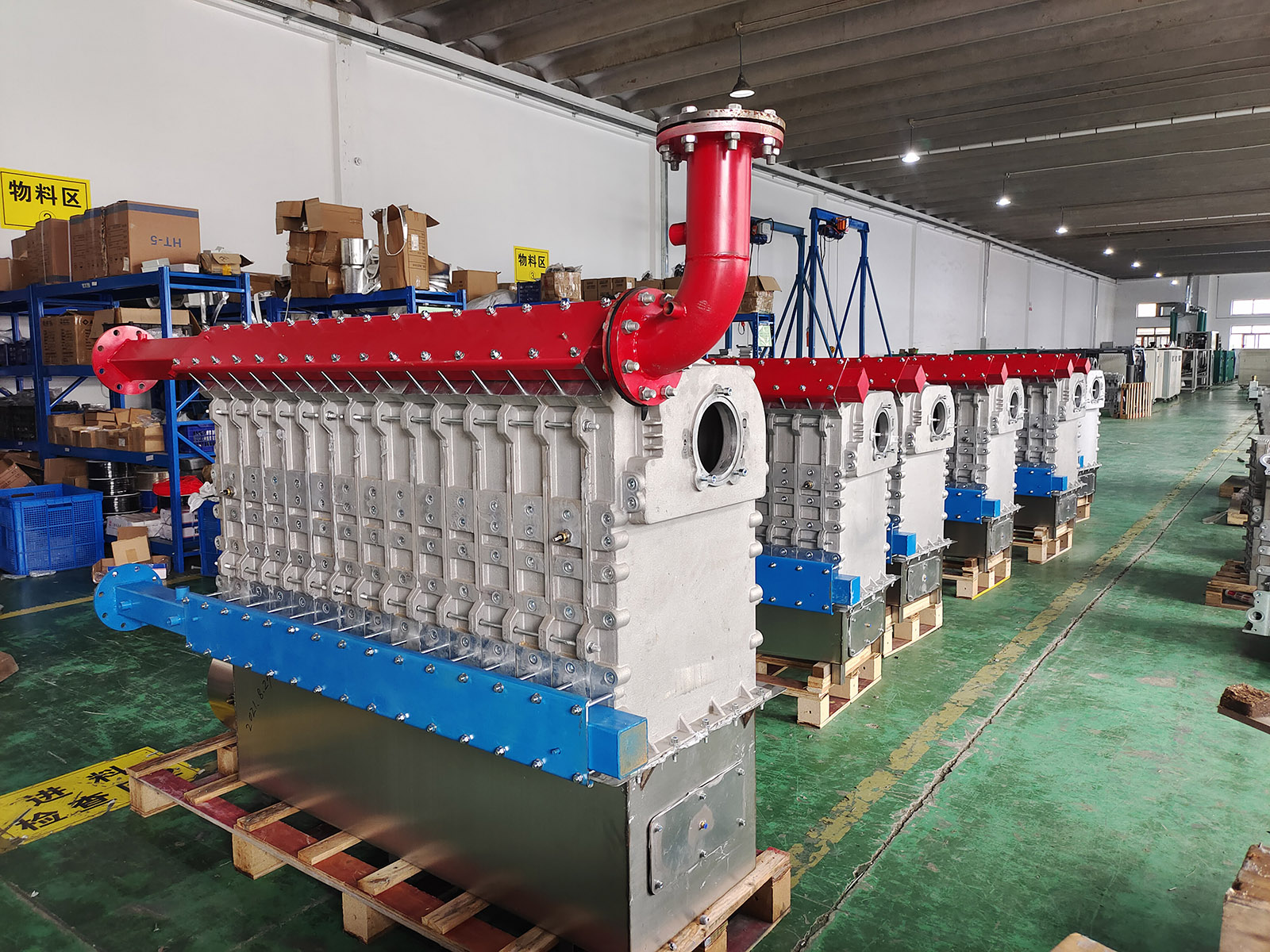nov . 24, 2024 13:50 Back to list
Exploring the Benefits of Aftermarket Heat Exchangers for Enhanced Performance and Efficiency
Understanding Aftermarket Heat Exchangers Importance and Applications
Heat exchangers play a critical role in various industrial processes, ranging from power plants to refrigeration systems. They facilitate efficient heat transfer between fluids, which can lead to energy savings and improved system performance. In recent years, there has been a notable rise in the demand for aftermarket heat exchangers, a trend driven by the need for cost-effective and energy-efficient solutions. This article explores the importance of aftermarket heat exchangers, their applications, benefits, and factors to consider when choosing them.
What Are Aftermarket Heat Exchangers?
Aftermarket heat exchangers refer to replacement heat exchangers or parts that are not manufactured by the original equipment manufacturer (OEM). They are designed to fit and function in existing systems, providing similar or enhanced performance capabilities. Aftermarket heat exchangers come in various types, including shell and tube, plate, and finned tube designs, accommodating a wide variety of applications.
Importance of Aftermarket Heat Exchangers
The importance of aftermarket heat exchangers lies in their ability to provide a viable alternative to OEM parts. Manufacturers often release updated models or discontinue certain components, which can make sourcing original parts difficult or expensive. In such cases, aftermarket solutions offer a practical approach, allowing companies to maintain their operations without incurring exorbitant costs.
In addition to cost savings, aftermarket heat exchangers often incorporate improved designs or materials that can enhance performance and longevity. These innovations can lead to increased efficiency, reduced downtime, and lower operational costs, making them an attractive option for many businesses.
Applications Across Industries
Aftermarket heat exchangers find applications in various sectors, including
1. Chemical Processing In chemical plants, heat exchangers are crucial for controlling temperatures during reactions. Aftermarket options can replace worn-out or inefficient units, ensuring optimal performance and safety.
2. Oil and Gas The oil and gas industry relies heavily on heat exchangers for refining processes and heat recovery applications. Aftermarket solutions can help operators meet the rigorous demands of these processes without the lead times associated with OEM parts.
aftermarket heat exchanger

3. HVAC Systems In heating, ventilation, and air conditioning systems, heat exchangers are essential for energy recovery and temperature control. Aftermarket replacements can offer compatibility and flexibility when maintaining or upgrading existing systems.
4. Power Generation In power plants, heat exchangers aid in transferring heat from one process to another, enhancing energy conversion efficiency. Aftermarket options provide a means to replace components without interrupting power generation.
5. Food and Beverage Heat exchangers are vital for pasteurization, cooling, and maintaining product temperatures. Aftermarket solutions can help food and beverage manufacturers adhere to safety and quality standards without breaking the bank.
Benefits of Choosing Aftermarket Heat Exchangers
1. Cost-Effectiveness One of the most significant advantages is the cost savings. Aftermarket heat exchangers are generally more affordable than OEM parts, allowing companies to invest in other areas of their operations.
2. Availability Aftermarket parts are often more readily available than OEM components, enabling quicker repairs and minimizing downtime.
3. Customization Many aftermarket manufacturers offer customizable solutions, allowing clients to tailor heat exchangers to their specific needs.
4. Enhanced Performance Some aftermarket options may incorporate advanced materials or designs that enhance heat transfer efficiency and durability.
5. Sustainability Utilizing aftermarket heat exchangers can contribute to sustainability efforts by prolonging equipment life and reducing waste associated with manufacturing new parts.
Conclusion
Aftermarket heat exchangers represent a valuable option for companies looking to maintain efficiency and reduce costs in their thermal management systems. By understanding their importance and applications, businesses can make informed decisions that align with their operational goals. With advancements in technology and materials, aftermarket heat exchangers are not just a replacement option; they can also enhance performance and drive energy savings across various industries. As the demand for sustainable and efficient solutions continues to grow, aftermarket heat exchangers will undoubtedly play a pivotal role in the future of industrial processes.
-
OEM Cast Silicon Aluminum Alloy Heat Exchanger | Custom & High Performance
NewsAug.25,2025
-
Centrifugally Cast Iron Water Main Pipe | Ductile Iron Solutions
NewsAug.24,2025
-
Durable Cast Steel Concrete Pipe Mold Bottom Rings & Base Trays
NewsAug.23,2025
-
Centrifugally Cast Iron Water Main Pipe for Reliable Mains
NewsAug.22,2025
-
Durable Centrifugally Cast Iron Water Main Pipe
NewsAug.11,2025
-
Centrifugally Cast Iron Water Main Pipes for Reliability
NewsAug.10,2025


